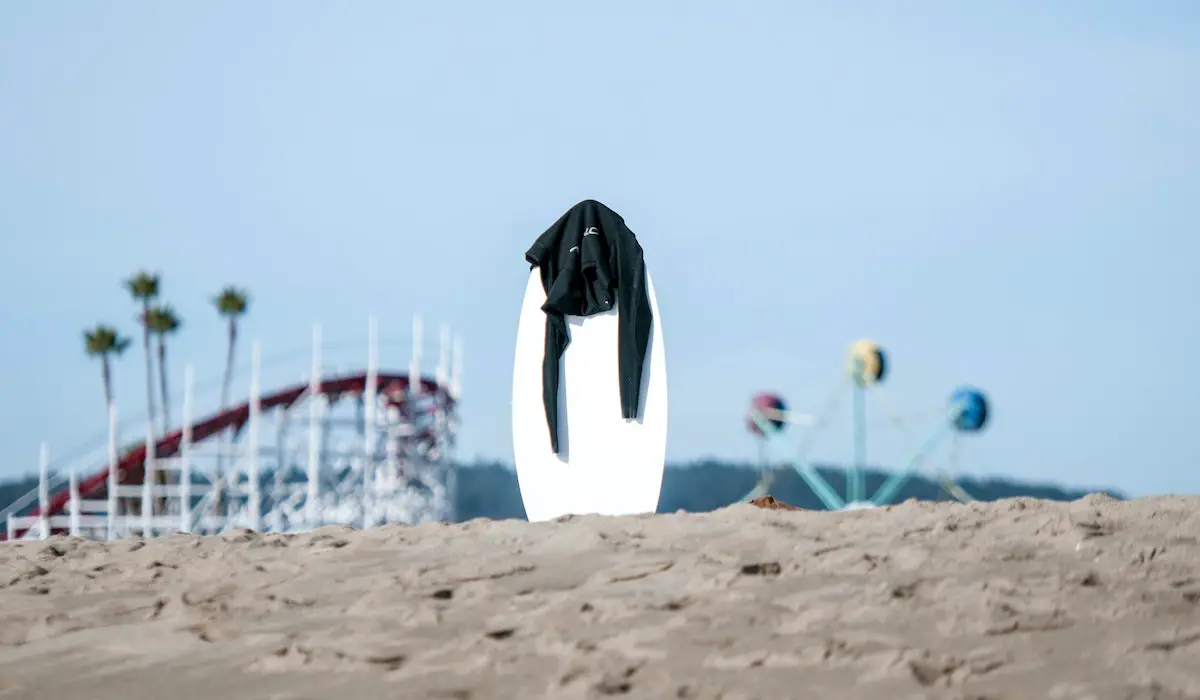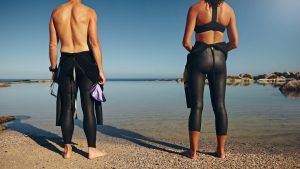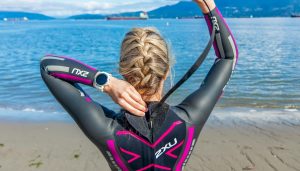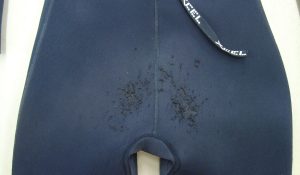When buying a wetsuit you should always check a couple things. Of course there are basics such as thickness, different zipper styles, size, type of wetsuit and the inner lining. But next to those basics you should check on other factors as well. These 10 tips will offer you an intermediate buying guide ;).
1. Stretch and flexibility of the neoprene
Test the stretch and flexibility of the neoprene by pulling the arms and legs. The more length you get, the better the flexibility of the wetsuit. Also ask what kind of neoprene is used, oil based neoprene is less flexible than limestone based neoprene.
2. Go for the best fitting: no rolls / gaps
Never compromise on the fitting of the wetsuit. A wetsuit should fit almost perfectly. If not, it is not really effective and it won’t keep you warm. Double check the fitting of the wetsuit by checking if there are gaps or rolls, then the wetsuit is too big. When it feels too tight or you cannot move normally in the wetsuit, it is too small.
3. Neoprene panels / seams
You should check the panels and the seams from the wetsuit. What is the design of the wetsuit, how many neoprene panels are used and in where. The less panels are used, the less seams you have and the warmer the wetsuit and less irritating seams. But always check if there are seams around your ass or butt (especially with woman wetsuits). If there is a seam between your buttocks this is likely to tear after a couple of years. The seams are mostly the weakest points in a wetsuit.
4. Neoprene thickness labels
Every brand has different neoprene thicknesses, but the labels can be misleading. Two brands with the same label like 2/3 may signify that there is 3mm all over the wetsuit and 2mm at the arms, but it may also mean that the whole wetsuit has 2mm and only 3mm neoprene at the chest and back. So both brands have the same label, but the warmth of the wetsuit will be totally different.
5. Neoprene layers, lining and mm
Every brand has a certain neoprene thickness, but you have to be careful if the wetsuit says 3/5mm. In that case the wetsuit neoprene should mostly be 3mm around the arms/ legs and 5mm around the chest and back. But sometimes the neoprene is not 3 or 5mm, but it is 1 or 3mm and counts the lining as an extra mm in the chart. So if that is the case the wetsuit is less warm and you pay more for the wetsuit.
6. Irritation points in the wetsuit or near the seams
When trying the wetsuit on you should check if there are irritation points, since you should not have them. Move around and run with the wetsuit when trying it on. Mostly the irritation spots are around the seams and where you bend your arms, legs and knees.
7. Are you often cold? Buy a thicker wetsuit
My recommendation is always to buy a thicker wetsuit. It’s personal, but better too warm in the water than too cold. If you are too warm during your session, just flush some cold water through the wetsuit by pulling your wetsuit collar open and let the water in.
8. Reinforced knees or knee pads
Especially with surfing you need to have a knee pads or patch on the wetsuit. The knee pads needs to be strong and big enough to really protect the neoprene from being damaged.
9. Wetsuit age: new or from last year
Always ask or check from what year the wetsuit is. The newer the wetsuit, the newer the neoprene and the better the material is, because neoprene will lose some stretch and quality after some years. It is not much but it is good to know. You should pay less if the wetsuit is 1 or 5 years old, even if the wetsuit is brand new and not used.
10. Smoothskin / glideskin or single lined neoprene
Glideskin on the chest and your back is better when you are kitesurfing or windsurfing on the water and not when you are in the water like surfing or swimming. Smoothskin / glideskin or single lined neoprene has many different names and also more purposes. In this case when kiting in the wind it helps you stay warmer because it dries faster. Choose smoothskin if you want to stay warmer on the water in the wind.




